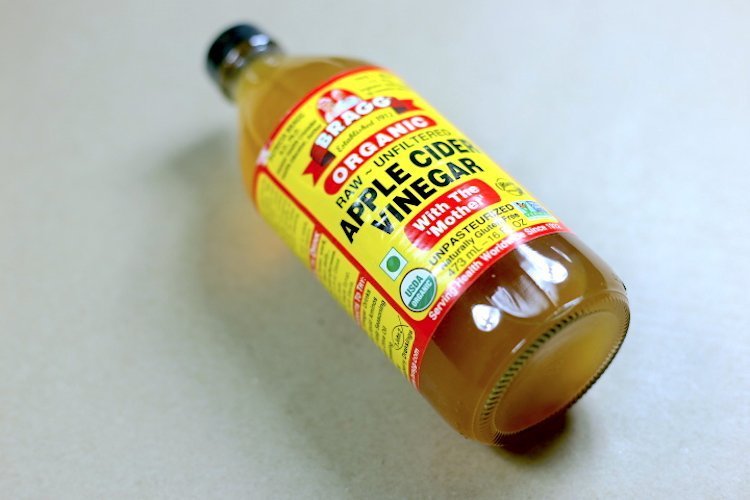Canine acne is one of the many skin issues that frequently affect our pups, so yes, dogs can get pimples. Dog acne isn’t exactly the same as its human counterpart, so we’ll help you understand how to spot it, your treatment options, and more. Table Of Contents.
Lips, skin around the mouth, and the chin are all affected by the inflammatory condition known as canine acne. Folliculitis, which occurs when hair follicles become irritated and inflamed, or furunculosis, which occurs when inflamed hair follicles become infected, pus-filled, and painful, can both cause acne. Left untreated, severe dog acne can cause permanent scarring.
How Long Do Dog Pimples Last?
Even with treatment, severe acne may not clear up for 4 to 12 weeks.
However, the good news is that individual pimples will disappear within a few days or weeks. So there’s a good chance that things will turn around soon if you can keep the skin clean.
And here are some options for those who would rather try natural remedies:

Where Do Dogs Get Pimples and Why?
Your dog’s face, chest, or genital region will most likely develop pimples. These might show up as red bumps on your dog’s skin in other places, like around his mouth.
Dog acne can be caused by hormonal changes, but this is not the most common reason.


Puberty in dogs may be the root cause of acne. When a dog is five to eight months old, this happens, so by the time he is a year old, his pimple issue should be resolved.
If it continues after that, you might think about bringing him to the doctor to make sure there isn’t a more serious health problem with your dog.
One major contributing factor is genetic predisposition, which is demonstrated by the fact that some breeds develop pimples more frequently than other breeds.
Dogs of the Great Dane, Boxer, Rottweiler, Doberman Pinscher, and English bulldog breeds experience canine acne outbreaks more frequently than other breeds.


However, your dog’s genetic predisposition is not the only factor that contributes to dog acne. Poor hygiene is another underlying cause of dog acne. Your dog’s pores can become clogged with dirt, which can result in a bacterial infection. Because of this, it’s crucial to keep your dog clean, especially in the areas where pimples are most likely to appear.
Additionally, you should use ceramic or stainless steel dog bowls for food and water because plastic can more easily retain dirt and oil, which can exacerbate your dog’s acne issue.
Additionally, you should take care of your dog’s teeth because poor dental health can lead to pimples on the dog’s muzzle.
Maintaining the highest level of cleanliness is essential for controlling dog acne, just like it is for humans.
Trauma is yet another reason why your dog might develop zits. It’s possible for his fur to come loose near the base of the hair follicle when he wrestles with another dog. That might lead to swelling, which clogs the sebaceous gland and produces a pimple.
An allergic reaction could also be a contributing factor in dog acne. Like you, your dog may have allergies to various things. He could also be allergic to environmental factors in addition to food, contact, and contact allergies.
As with humans, certain proteins like chicken or beef are the main cause of most food allergies in dogs, but there are numerous other factors as well.
What Do Dog Pimples Look Like?
Does your dog’s chin have a pimple or is there something else there?
Given that our dogs have fur covering their bodies, it can be difficult to identify new lumps and bumps. Dog and puppy acne typically manifests as a raised red lump on the skin, possibly accompanied by some localized swelling.
Their pimples don’t always have a white head, but if a minor infection is present, they may fill with pus and ooze.
Anywhere on your dog’s body can develop acne, but these areas are most commonly affected:
As we mentioned above, teenage dogs do not necessarily experience canine acne as a rite of passage.
Let’s go over some of the most typical causes of dog acne since they account for the majority of cases.
Genetic predisposition, as certain breeds are more at risk.
Some commonly affected breeds include:
Injury to the skin from rubbing or scratching that results in hair falling out close to the skin’s surface and inflaming the hair follicle These hair follicles may eventually burst, causing additional discomfort and inflammation.
A bacterial infection present on the skin. underlying skin conditions caused by skin mites, autoimmune diseases, contact allergies, or food allergies
Age is also thought to be a factor, even though it is not the exact cause. Between the ages of six months and a year, young dogs experience the majority of acne cases.
Having gained a better understanding of canine acne, let’s talk about how to pop dog zits.
FAQ
Should I pop a bump on my dog?
Avoid popping your dog’s pimples because doing so can aggravate the acne and clog the sebaceous glands, which can lead to more pimples.
Can I pop pimple on my puppy?
It may be tempting to squeeze the pimples on your puppy’s face, but it’s crucial to avoid doing this. It risks internal rupture and subsequent inflammation in addition to causing skin trauma and possibly spreading an infection.
Do pimples on dogs hurt?
The good news is that your dog won’t experience much pain if the acne is mild. But more severe cases might hurt or itch your dog, necessitating a visit to the veterinarian for treatment.
What does a dog pimple look like?
Dog acne typically affects the lower lips, skin around the mouth, and bottom of the chin. It can resemble red bumps, hairless patches, and muzzle swelling. The bumps could become infected, grow, ooze, or drain fluid as the condition worsens.